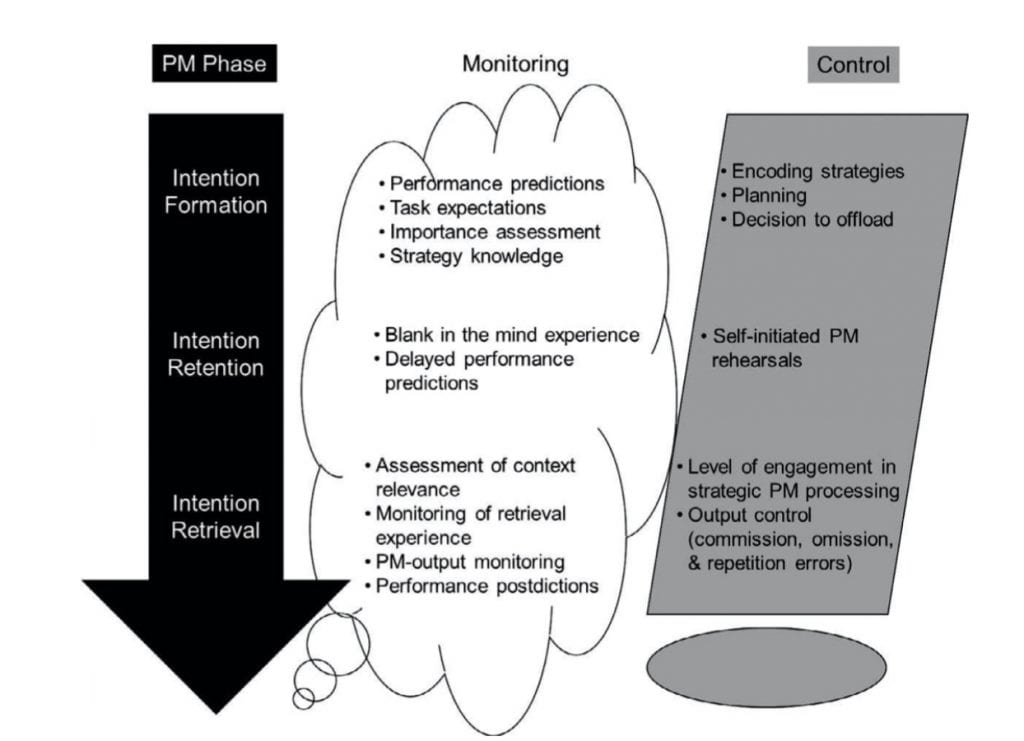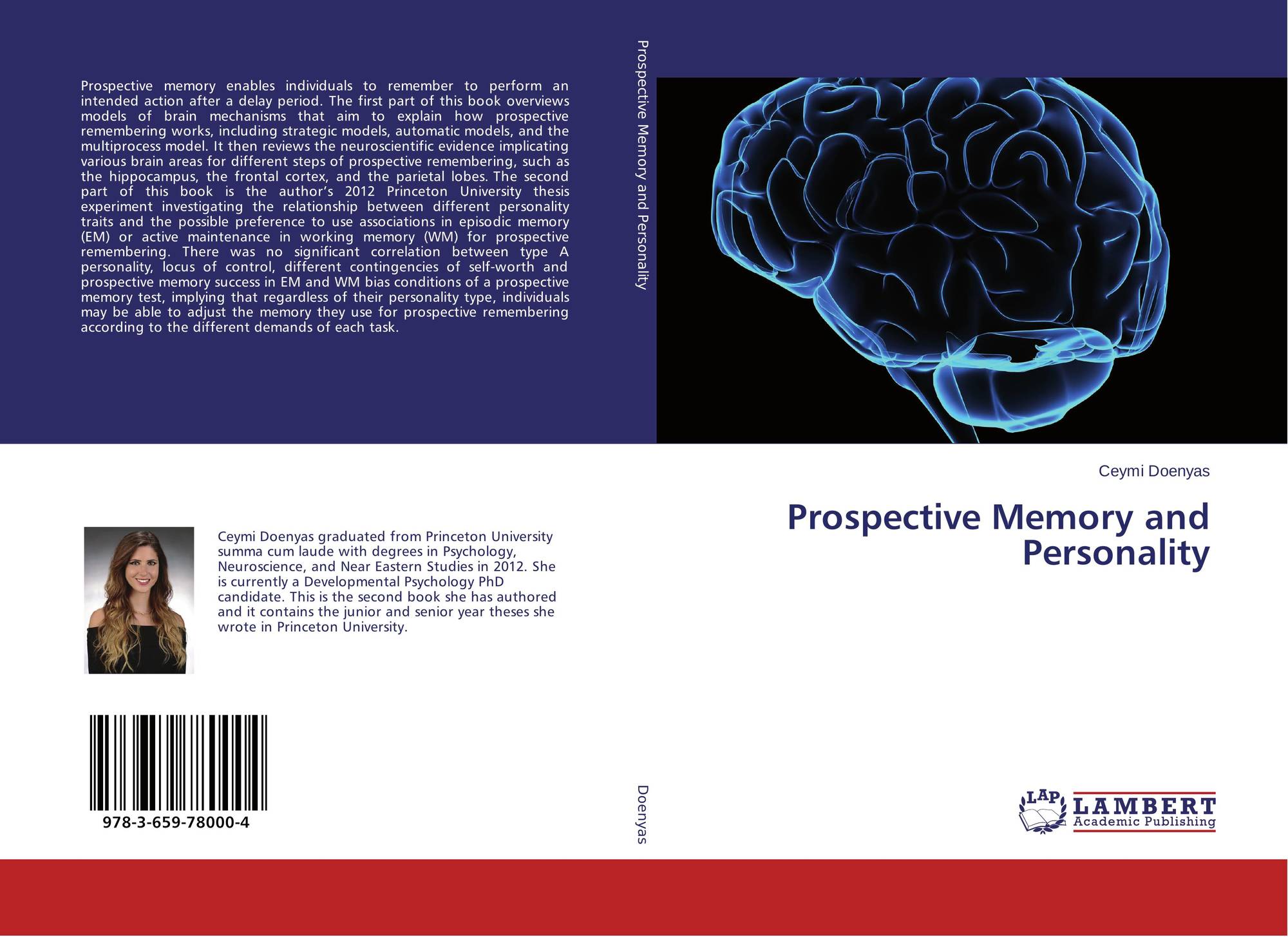

Finally, separate linear regressions were used to assess whether baseline brain-PAD related to subsequent rates of change in whole brain, ventricular, and total hippocampal volume, adjusted for sex and TIV, and in a sensitivity analysis for WBV. Hierarchical partitioning of variance was applied to a linear regression on brain-PAD to assess unique and shared variance associated with 12 predictor variables: age, sex, childhood cognition, socioeconomic status, FRS at ages 36 and 69 years, PACC, amyloid SUVR, serum NFL, TIV, whole brain volume (WBV), and WMH volume. Examination of residuals was performed to confirm model fits. FEV 1 was additionally covaried for smoking status and height, and walking speed was covaried for height. The PACC model used sex, socioeconomic status, childhood cognition, and educational attainment as covariates, as these have previously been shown to be statistically significant contributors. Models assessing whole brain, hippocampal, ventricular, and WMH MRI volumes were covaried for total intracranial volume (TIV) and sex. For variables where we observed the potential for outliers to influence results (serum NFL, FRS at age 36 years, and hippocampal boundary shift integral), robust regression was used. Cardiovascular risk models were covaried for socioeconomic status. Models incorporating life course and demographic factors, blood biomarkers, WMH, and amyloid imaging were covaried for sex. Independent models were defined for each of the demographic, life course, imaging, biomarker, cognitive, physical, and cardiovascular risk variables, using brain-PAD as the outcome measure, and the respective variable as a predictor. The models used and metrics included are summarised in the appendix (p 8). Multivariable linear regression was used to assess relationships between all predictors and brain-PAD where relevant, continuous variables were scaled to Z scores to facilitate comparisons. Statistical significance was set at p<0♰5. Using brain-PAD values as outcomes, statistical analysis was undertaken in R 4.1.0.

Insight 46 is a substudy of the NSHD where, at the age of approximately 70 years, 502 members of the cohort were recruited to a longitudinal study incorporating amyloid β-PET and multimodal MRI (PET-MRI) on a single scanner, detailed cognitive assessments, physical examination, and measurement of blood-based biomarkers. Alongside effectively controlling for chronological age, members of this cohort have been extensively studied since birth, with 24 prospective waves of data collection over the life course.

The Medical Research Council National Survey of Health and Development (NSHD), also known as the 1946 British Birth Cohort, is the world's longest continuously running birth cohort and provides the opportunity to assess relationships among biological contributors to ageing. Many studies investigating biological variability in ageing are limited by the variability of chronological age among participants, a dependence on retrospective data collection, and heterogeneity in image acquisition and processing. Combining 12 metrics in a hierarchical partitioning model explained 33% of the variance in brain-PAD. Early-life factors did not relate to brain-PAD.

Higher brain-PAD was associated with future hippocampal atrophy over the subsequent 2 years (0♰03 mL/year per 5-year increment in brain-PAD). An increase in brain-PAD was associated with increased cardiovascular risk at age 36 years (β=2♳ ) and 69 years (β=2♶ ) increased cerebrovascular disease burden (1♹ ) lower cognitive performance (–1♳ ) and increased serum neurofilament light concentration (1♲ ). Female sex was associated with a 5♴-year (95% CI 4♱ to 6♸) younger brain-PAD than male sex. The mean brain-predicted age was 67♹ years (8♲, 46♳ to 94♳). We included 456 participants (225 female), with a mean chronological age of 70♷ years (SD 0♷ range 69♲ to 71♹). The Lancet Regional Health - Western Pacificīetween May 28, 2015, and Jan 10, 2018, 502 individuals were assessed as part of Insight 46.The Lancet Regional Health – Southeast Asia.The Lancet Gastroenterology & Hepatology.


 0 kommentar(er)
0 kommentar(er)
